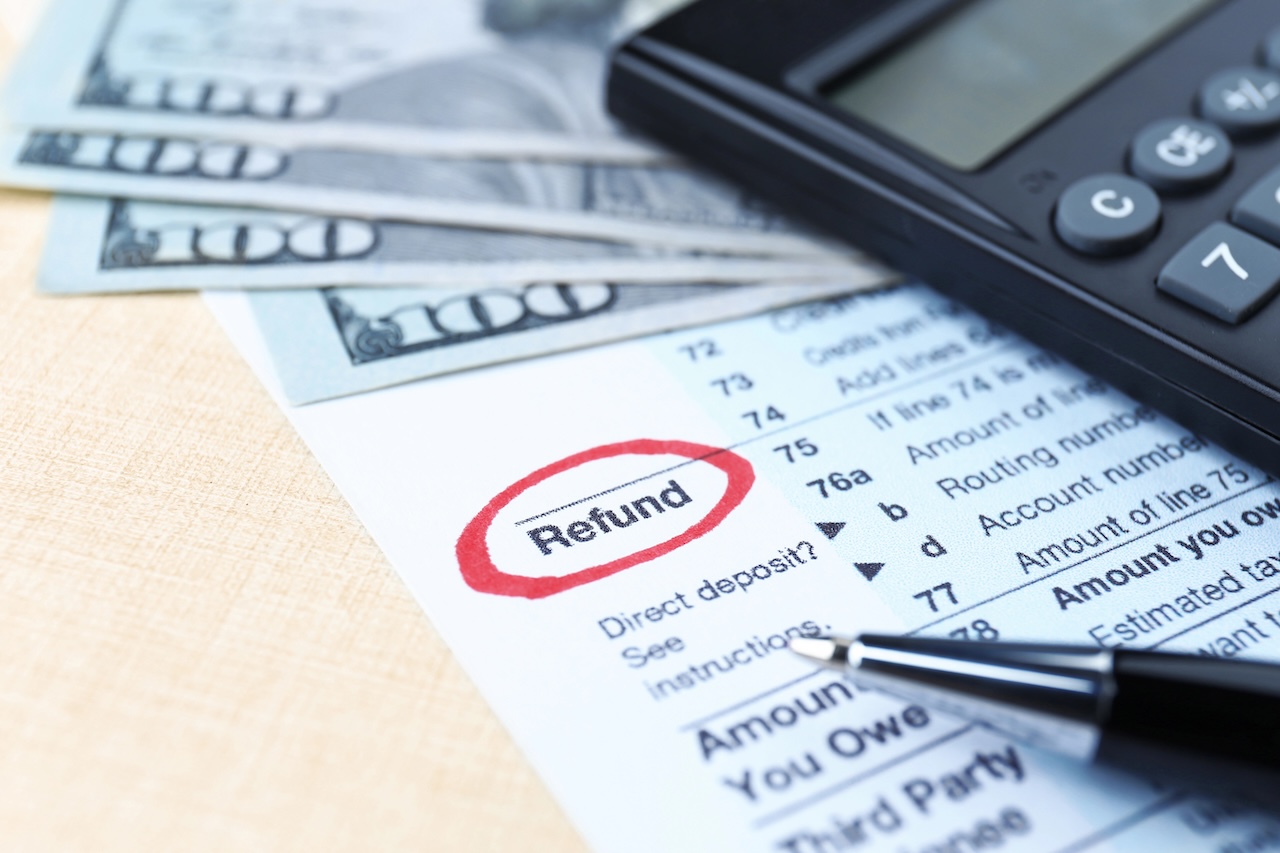7 Reasons to Walk Away From a Multifamily Real Estate Deal


One of the toughest lessons in multifamily investing isn’t how to find deals, it’s how to walk away from them.
Every new investor dreams of landing their first property. But here’s the truth: forcing a bad deal just to “get in the game” can set you back years. The best investors understand that protecting capital is priority number one. Success isn’t just about the deals you close, but also about the ones you avoid.
Here are seven clear reasons why you should walk away from a multifamily deal.
In real estate, emotions lie. Numbers don’t.
If the deal does not meet your minimum return goals, don’t try to justify it. This includes cash-on-cash, internal rate of return (IRR), or debt service coverage ratio (DSCR).
Red flags:
Rent growth assumptions higher than market trends.
Operating expenses that look “too clean.”
Missing or underestimated reserves.
Action Step: Define your buy box. If the numbers don’t fit, don’t force it.
You can fix a property, but you can’t fix a location. If the deal is in a market with a shrinking population, low job growth, or bad tenant laws, you will face challenges.
Red flags:
Crime stats trending upward.
Employers leaving the market.
Areas dependent on one major industry that’s declining.
Action Step: Validate every market with data and not just gut feelings or broker pitches.
Every property has a to-do list. But some are ticking time bombs.
Roof issues, foundation cracks, outdated plumbing, or major HVAC problems can destroy your budget. What looks like a cosmetic facelift may actually be a full-blown capital expenditure project.
Red flags:
Sellers who avoid inspections or downplay repairs.
High “other expenses” in T12 financials with no explanation.
Properties with long histories of patchwork fixes.
Action Step: Always budget conservatively and assume CapEx will cost more than you think.
A trustworthy seller is worth their weight in gold. If you feel like you’re pulling teeth to get basic information, walk away.
Red flags:
Refusal to provide rent rolls, T12, or utility bills.
Sudden changes to financials during due diligence.
Overly complicated ownership structures with no clear decision-maker.
Action Step: Transparency builds trust. If the seller isn’t upfront, the risk isn’t worth the deal.
In 2025, discipline matters more than ever. Rising interest rates and tighter lending standards mean paying too much is a recipe for disaster.
Red flags:
Brokers pushing pro forma numbers instead of actuals.
Appraisal values that don’t match asking price.
Cap rates compressed below market norms.
Action Step: Stick to your underwriting. If you have to stretch just to “win” the deal, you’ll likely regret it.
Even the best property becomes a nightmare if the financing isn’t right.
Red flags:
DSCR below 1.25 with conservative underwriting.
Lenders requiring personal recourse when the deal can’t support it.
Loan terms that don’t match your business plan (e.g., short IO on a heavy value-add).
Action Step: If financing doesn’t fit, walk away. Forcing bad debt on a good property can sink your cash flow and flexibility.
Multifamily is a team sport. And sometimes the people involved are the biggest risk.
Red flags:
Partners with no experience but big promises.
Misaligned goals (short-term flippers vs. long-term holders).
Lack of transparency about fees, roles, or decision-making.
Action Step: Only work with people you know, like, and trust. A great deal with the wrong team will still lose money.
Walking away from a deal isn’t failure, it’s wisdom. The best investors aren’t deal junkies. They’re disciplined capital protectors.
Remember:
“Sometimes the best deal is the one we walk away from.” – Rod Khleif
If you want to learn how to confidently analyze deals, spot red flags, and structure financing for maximum protection and growth, check out my free book How to Create Lifetime Cash Flow Through Multifamily Properties.
And if you’re serious about scaling faster with the right guidance, join us at the next Multifamily Bootcamp or apply for mentorship through the Warrior Program.
Because sometimes the smartest move isn’t to close. It’s to walk away.
When should I walk away from a multifamily deal?
Walk away if the numbers don’t hit your return criteria, the location has poor fundamentals, financing terms are unfavorable, or if the seller lacks transparency. Protecting capital is always more important than forcing a deal.
What is the biggest red flag in multifamily investing?
Unrealistic underwriting is one of the biggest red flags. If rent growth, expenses, or occupancy assumptions look too good to be true, they usually are.
How much deferred maintenance is too much?
It depends on your business plan and reserves. Cosmetic fixes are manageable, but properties with structural, plumbing, or electrical issues can require millions in CapEx and may not justify the risk.
Can a deal still work if the appraisal comes in low?
Sometimes, but often it’s a sign the property is overpriced. Unless the seller adjusts pricing or terms, a low appraisal is usually a reason to walk away.
What role does financing play in walking away?
Financing is critical. If debt service coverage is weak, if you’re forced into recourse terms that expose personal assets, or if loan terms don’t match your business plan, the risk outweighs the reward.
Should I ever partner with someone I don’t fully trust?
No. Multifamily is a team sport, and bad partnerships destroy good deals. Only move forward when goals, roles, and expectations are clear — and the people involved are trustworthy.
Is walking away common in multifamily?
Yes. Experienced investors often analyze dozens of deals before closing one. Discipline is what separates long-term success from costly mistakes
Disclaimer: This article was written with the help of AI and reviewed by Rod’s team. Real estate investing involves risk. Always consult licensed professionals.

Tax refunds in early 2026 could be $1,000 to $2,000 larger for many households due to retroactive tax law changes....

Why does it feel like large companies always get the upper hand? Maybe it’s the long contracts with fine print,...

What can you do if you can’t afford college? Maybe the financial aid award wasn’t enough, or you only want...